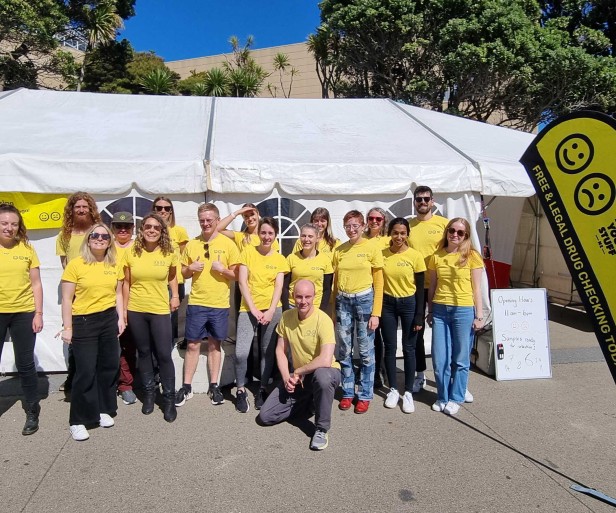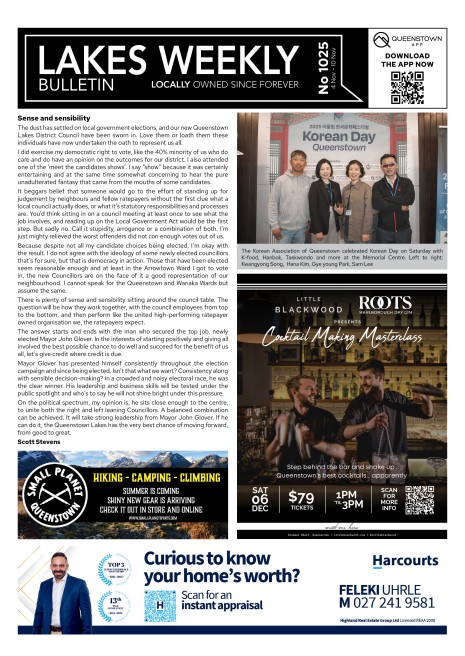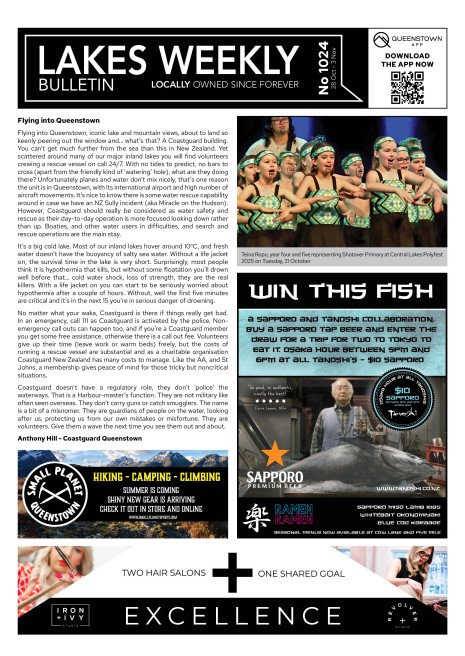Exercise for Diabetes

by Deni Zawalski
Diabetes is a condition in which the cells of the pancreas can no longer make insulin, or when the body no longer utilise it due to resistance. The role of insulin is to open the gates for our blood glucose to move into our cells, and when this isn’t working the glucose accumulates in the blood vessels and can cause damage to all organs in our body. Common problems that can arise from Diabetes are cardiovascular disease, kidney disease, high blood pressure, vision loss and reduced feeling in the feet which can cause problems with balance. These issues are significant, so it’s important to keep your blood glucose levels under control whether you are a Diabetic or not.
If you’ve got type 1 Diabetes, then you were probably born with it or it was developed from a young age. Type 1 occurs when your body cannot produce enough insulin and so taking medication is vital to manage your blood glucose levels. Type 2 Diabetes is usually a resistance to insulin, in which your body can produce the hormone but is not effective in utilising it. The resistance can be caused by poor diet or lifestyle, being overweight or a lack of exercise. The good news is that this is easier to control, and some people may be effective at reducing their insulin resistance through diet and exercise without the need for medication.
Exercise is a fantastic way to manage your blood glucose and can reduce the risk or severity of Diabetes. When our muscles contract, it helps the transportation of blood glucose to the cells even without the presence of insulin. This effect lasts even after you’ve finished exercising! Cardio and resistance training should both be included in management for Diabetes. Cardio training is anything that increases your heart rate or breathing rate such as walking, dancing, swimming, cycling or even vigorous cleaning! For resistance training, focus on large muscle groups and compound movements to get more bang for your buck. This is because there will be more muscle contractions and therefore more glucose transport into the cells. If you are unsure of where to begin, simple exercise like walking can have a great effect and will build up your base level of fitness.
If you have type 1 Diabetes or you are taking medication then be careful with exercising as the timing is important. Taking insulin at the same time as exercising may put your blood sugar levels too low and it can be dangerous. Speak to a professional if you need guidance.
If you are a Diabetic and are looking for more guidance on how to exercise, join our 10-week Green Prescription program. This programme is free with an Alpine Health and Fitness membership (subsidised rates for those with a Green Prescription referral). To be eligible you must first receive a Green Prescription referral and medical clearance from your GP. You will then be given a personalised exercise program and weekly supervised sessions at Alpine Health and Fitness, every Wednesday at 11.00am. Contact Deni to sign up or for more information: deni.zawalski@qldc.govt.nz








